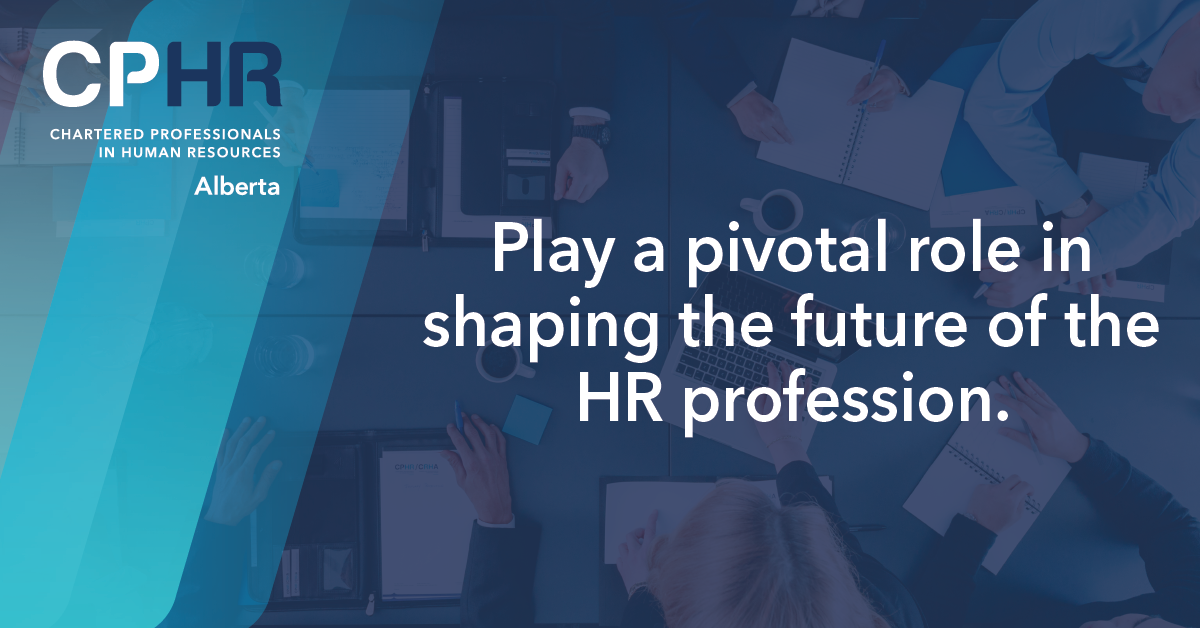
One Vital Component of Mental Health: Psychological Safety in the Workplace

Author: Wilma Li, Certified Executive & Leadership Coach ✦ Intercultural, Diversity, Equity and Inclusion (DEI) Coach ✦ Catalyst for Mindset & Attitude Change
Other than offering comprehensive health benefits and paid time off, how can HR professionals promote true mental health or well-being in the workplace? By cultivating the space for psychological safety. Psychological safety was outlined as one of the three drivers of employee engagement at CPHR Alberta's recent employee engagement workshop: Psychological safety 1 “has to do with whether or not people experience the freedom and the safety to engage in their work rather than feeling like they have to protect themselves in some way ”. It is about social elements like experiencing trust, high trust relationships, and feeling treated fairly and supported by management, so they feel it is safe to bring their full selves to work without any risk associated with doing so.
How do you develop fair and trusting relationships that cultivate psychological safety?
By establishing two types of trust:
1. Employees’ trust in management, the "system" and coworkers:
• Employees need to be able to trust that decisions made by their organization are transparent and fair.
• Managers must build trust with employees by walking the talk (doing what they say they will do).
• Managers should seek feedback from employees about how well they are doing. This communicates that they trust and value employee input.
• Leaders should own up to their mistakes. Modelling vulnerability opens the space for employees to feel psychologically safe to be vulnerable as well.
2. Employees feeling trusted by management or a specific manager:
• Are managers and line managers actively listening to and learning from employees?
• When employees are treated as “content providers,” they tend to feel more energized and engaged in conversations and in crafting their work. They are less likely to be distracted by fear of punishment or repercussion.
How is diversity, equity and inclusion relevant for psychological safety?
1 “Members of historically marginalized groups often feel pressured to assimilate (in other words, to limit the expression of how they may be different from the dominant group in order to fit in), and may also feel that they are judged in stereotypic ways. If they also lack role models in senior levels of the organization, they may conclude that there is a liability associated with their membership in a minority group and feel more “on guard” about fully expressing and engaging themselves at work”. This can be viewed as identity threat; a threat to their own identity. Once they experience that, they would not experience psychological safety, which is a barrier to employee engagement.
Example: When there is only one woman or one man in the team
A woman who is the only female leader at an oil and gas company for example may struggle with things like: her peers turning to her to describe women’s perspective as if she represents all women, or her coworkers assuming that she might not be interested in joining their guy conversations or their social activities. Coworkers may also talk over her in meetings and discount her contributions. She also may not be considered for executive roles. These can result in her feeling like she cannot be herself; that she is not fully valued for who she is. Hence, she ends up feeling tentative about speaking up in groups. As she does not want to create conflict within the group, nor to be misunderstood, her solution is to avoid speaking, or to withdraw from it. This does not allow her to feel psychologically safe to bring her full self to work to be fully engaged.
What can you do to ensure everyone’s voice is heard in your team WITHOUT feeling identity threat?
Be an ally; be assertive in calling out the overgeneralization, assumptions, and/or disrespect when a team member is targeted. Be influential in developing an inclusion team charter within your team or your clients’ or leaders’ team. An inclusion team charter can: (a) allow employees to discover new things they did not know about their teammates; (b) encourage discussion of team process issues so that you can identify previously unaddressed differences in styles, preferences, expectations, or values that may be inhibiting teamwork; and (c) layout a blueprint for how a team can coordinate, empower members, and facilitate inclusion more effectively in the future.
For more ideas or information on psychological safety, please contact us at: www.bkicorp.com. At Business Knowledge Integration, we coach you and your organization on your intercultural, equity, diversity, and inclusion (EDI) needs to achieve sustainable results.
References:
1 Nishii, L., Driving Engagement for HR (2021 virtual online course), Diversity and Inclusion Certificate for HR program, School of Industrial and Labor Relations, Cornell University
The views and opinions expressed in this blog post belong solely to the original author(s) and do not necessarily represent the views and opinions of CPHR Alberta.
The views and opinions expressed in this blog post belong solely to the original author(s) and do not necessarily represent the views and opinions of CPHR Alberta.





